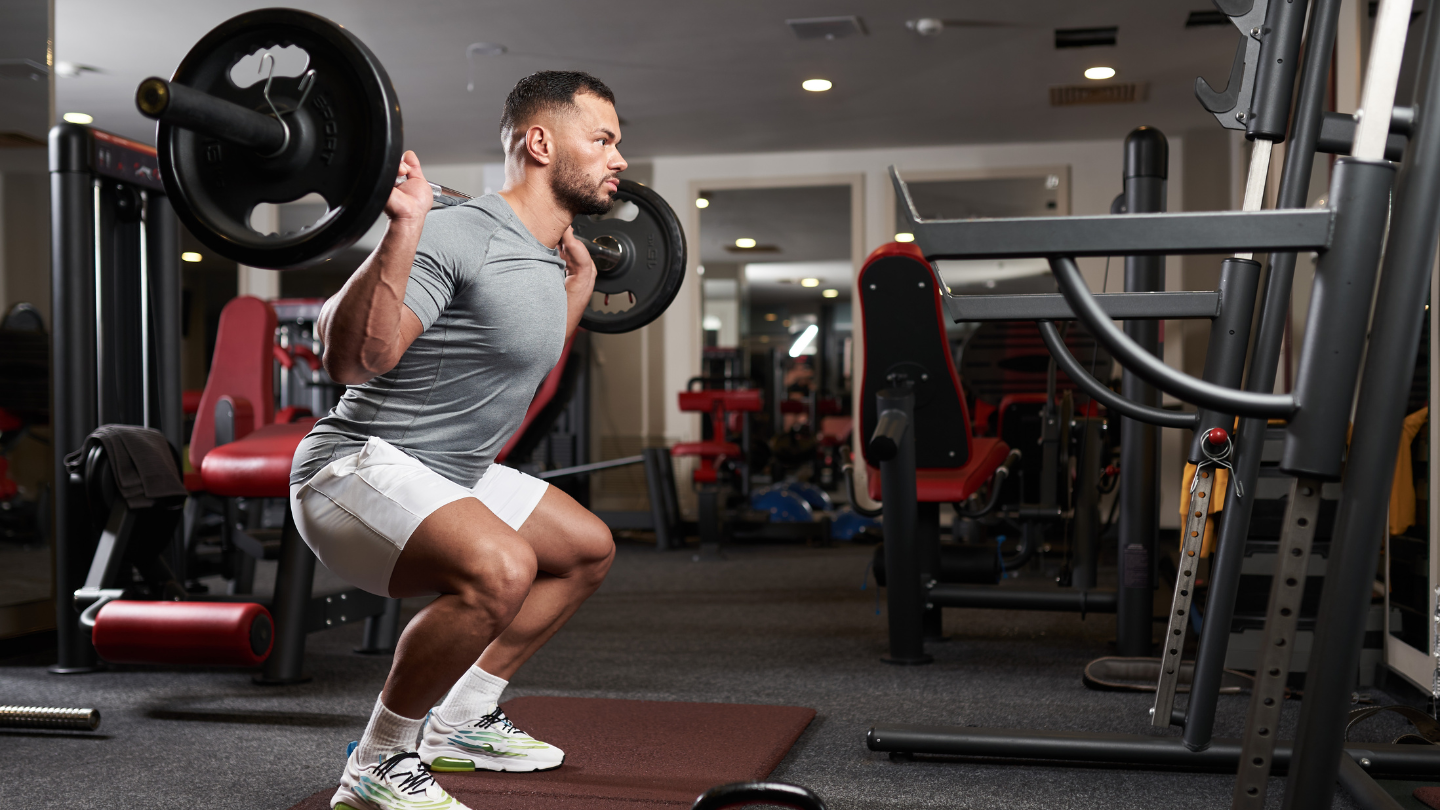Introduction:
The squat is a fundamental exercise in strength training and powerlifting, with variations in technique influencing muscle engagement and growth. One such technique difference is the depth of the squat, either to parallel or full depth. This article explores the effects of these squat variations on quadriceps muscular hypertrophy in healthy male athletes.
Methods:
This prospective study involved 18 male athletes aged 18 to 25, equally sized, and with no significant baseline quadriceps size differences. Participants were randomly assigned to either the parallel squatting (PS) or full squatting (FS) group and received guidance on the respective technique. Quadriceps mass was measured at baseline, 2, 4, and 6 months using mid-range circumference measurement.
Results:
Over the study period, the FS group exhibited statistically significant quadriceps mass gain (P = 0.0073), whereas the PS group showed only a trend towards muscular hypertrophy (P = 0.0859). Moreover, the FS group demonstrated a significantly greater degree of quadriceps hypertrophy compared to the PS group (P = 0.0035).
Discussions:
The results of this study indicate that the full squat technique is superior to the parallel squat in stimulating quadriceps muscular hypertrophy. This finding emphasizes the comparative advantage of the full squat technique, applicable to athletes across various levels of expertise. Understanding these nuances in squatting techniques is essential for optimizing muscle growth and performance in strength training and powerlifting.








